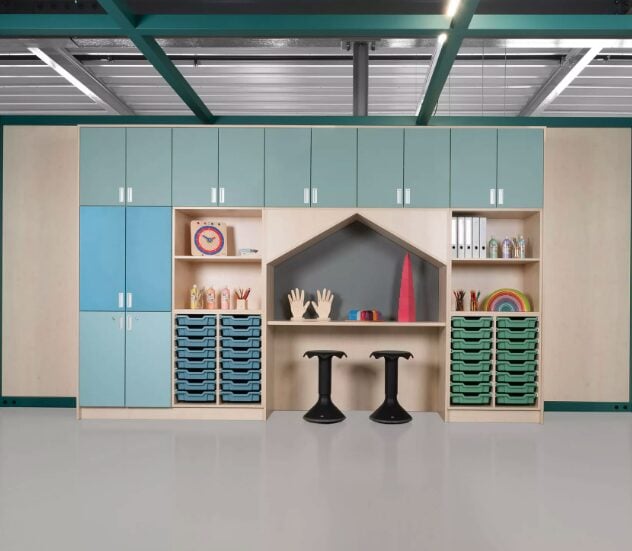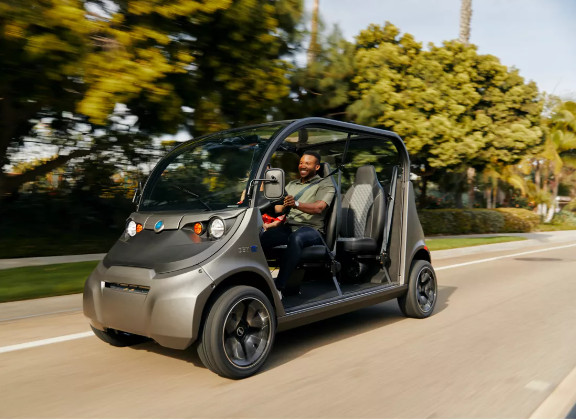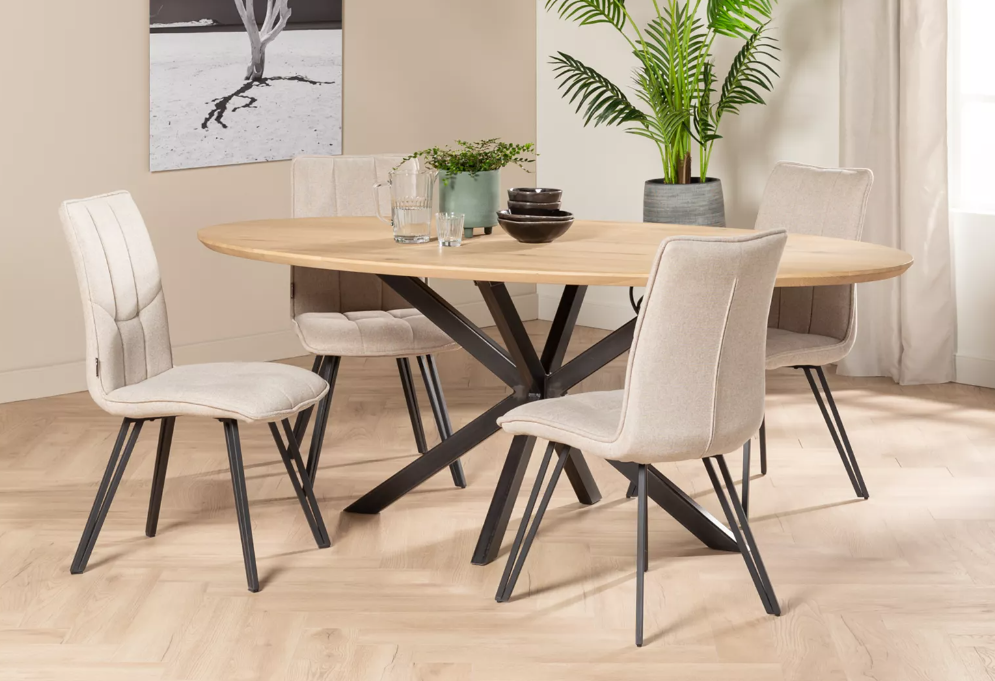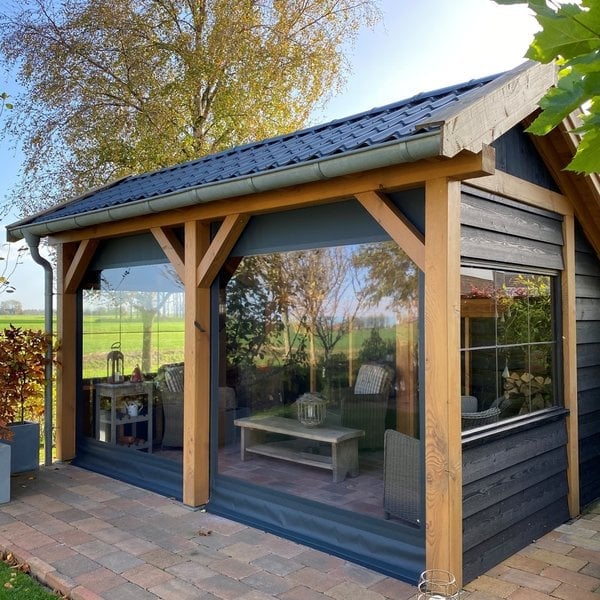Our 3D configurator is a digital interactive tool that enables customers to experience products online like never before. They can view these products in 3D and AR, zoom in and out to see details, and most importantly, customize and personalize the products they are interested in.
Expivi's 3D/AR configurator changes the future of online shopping
The benefits of 3D/AR product visualization

Improved customer experience
The benefits of using a 3D configurator in an online store are endless. It allows potential customers to view and experience products in a unique, innovative and interactive manner, which they are likely to appreciate.

Fewer returns thanks to 3D rendering
Reduced returns and increased customer satisfaction thanks to 3D rendering. With an accurate, lifelike representation of products, customers know exactly what they’re purchasing, leading to greater satisfaction and fewer returns.

More turnover from (online) channels
Companies that integrate Expivi’s 3D and/or AR solutions into their existing e-commerce platform see a clear increase in turnover due to advantages mentioned earlier.

Faster buyers decision
Adding options to a product, different color schemes and correct pricing thanks to CPQ allows customers to make their decision faster. Has a product been ordered? Only then does production of the customized product start. Unnecessary inventories are a thing of the past.

Increased sales
The configurator realizes a higher average order value. People are tempted to buy more expensive options or accessories, resulting in higher revenue.

Insight into user behavior
With Expivi’s analysis tool, businesses can gain a deep understanding of customer preferences, helping them tailor their products, marketing strategies, and overall customer experience more effectively.
Read more info about specific industries
Check our collaborations
Peter Eiselin, CEO and Founder
“Saying ‘we don’t have this bike or accessory in the shop right now’ is a thing of the past. People want convenience, and with the configurator we are able to meet and exceed their expectations.”
Want to know more?
Schedule a 15 minute discovery call with our team to talk about your challenge or ambition, and find out how we can help you grow.
Frequently asked questions about Expivi's 3D configurator:
What makes the Expivi 3D configurator unique?
An important feature that can be added to the Expivi 3D configurator is the dynamic price display CPQ (Configure, Price, Quote). With CPQ, the price of the product changes when the customer tests the available options and customizes the product to his or her requirements. The customer thus knows exactly what the custom product will ultimately cost. Additional advantage: the purchase rate within the web shop improves as a result.
Don’t forget to end with a powerful call-to-action to complete the transaction faster. Do this for example with a timer, eye-catching button or a tag when the product is added to the shopping cart.
In addition, the configurator can be used on all devices: desktop, tablet and mobile. This means sales staff can take the 3D models of the product with them when visiting customers or events and share them on social media. Ideal for products that are too large to transport easily.
For more information about the 3D product configurator, contact us directly. Our account managers are ready to answer any questions about cost, development and licensing.
Is it complex to set up and integrate the 3D configurator?
Thanks to the convenient drag and drop system, complex business rules, constraints or conditions are easy to implement without programming knowledge. Drag and drop and it is configured.
Has the 3D model been uploaded to Expivi’s platform? Great! The next step is integration into the web shop with one of the available plug-ins or an API connection. There are standard plug-ins available for:
- Magento
- WooCommerce
- WordPress
- BigCommerce
- Sana Commerce
- Shopify
- Shopware
- SAP
- Salesfoce Cloud
- Custom (API)
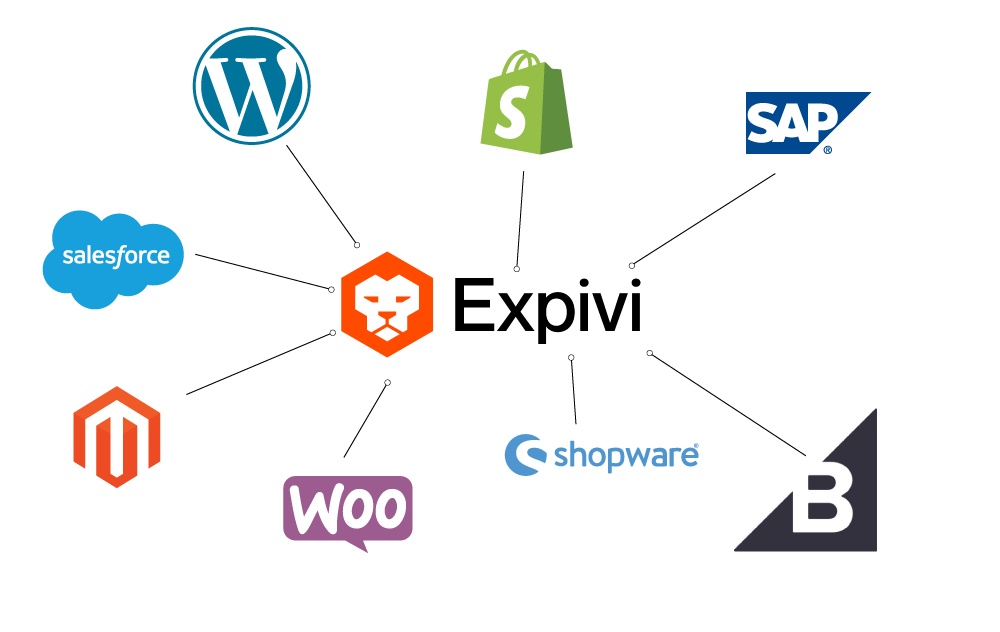
Composable software: all Expivi solutions are modular
- The different solutions (3D, AR, CPQ and design to print) are modular and therefore can be implemented individually or as a complete solution.
- Expvi integrates with all systems (software) including its own CMS, ERP, CAD and PIM systems.
- The omnichannel solutions for retailers and manufacturers make the store floor and resellers an extension of the webshop.
- Do you want to learn more about this powerful tool? Contact us to request a demo!
